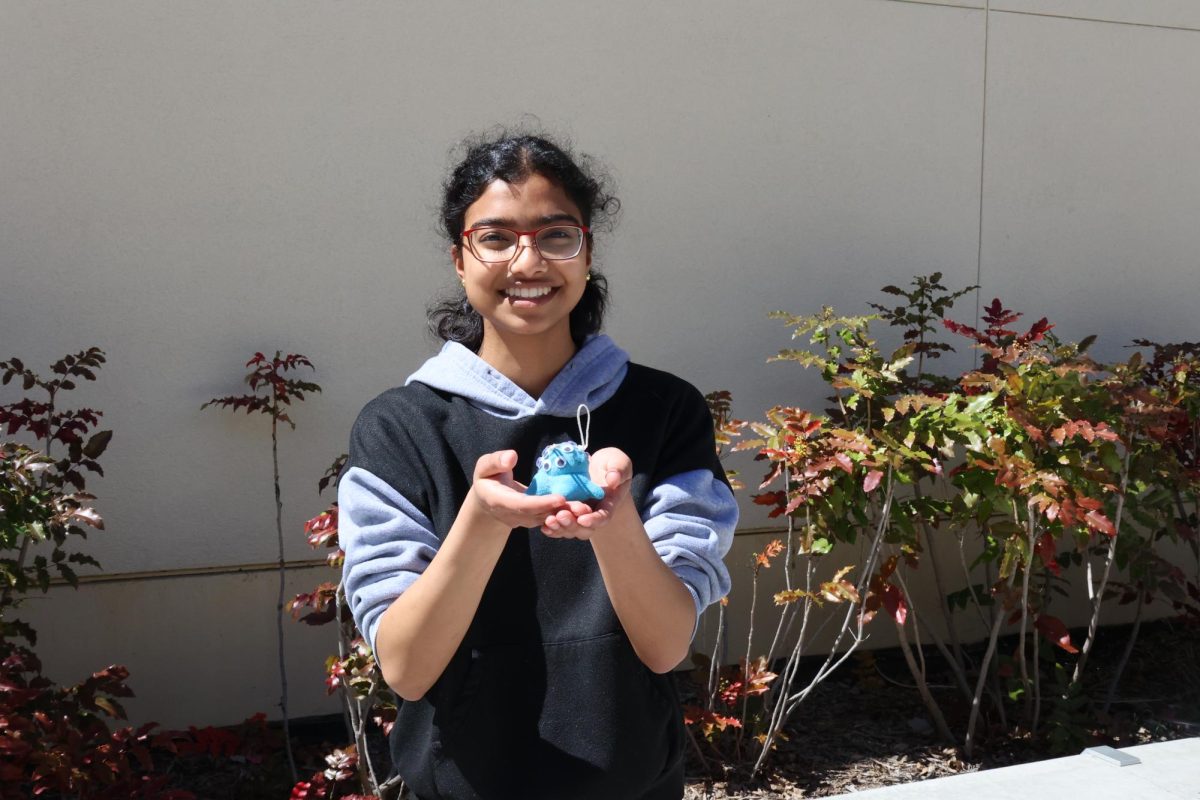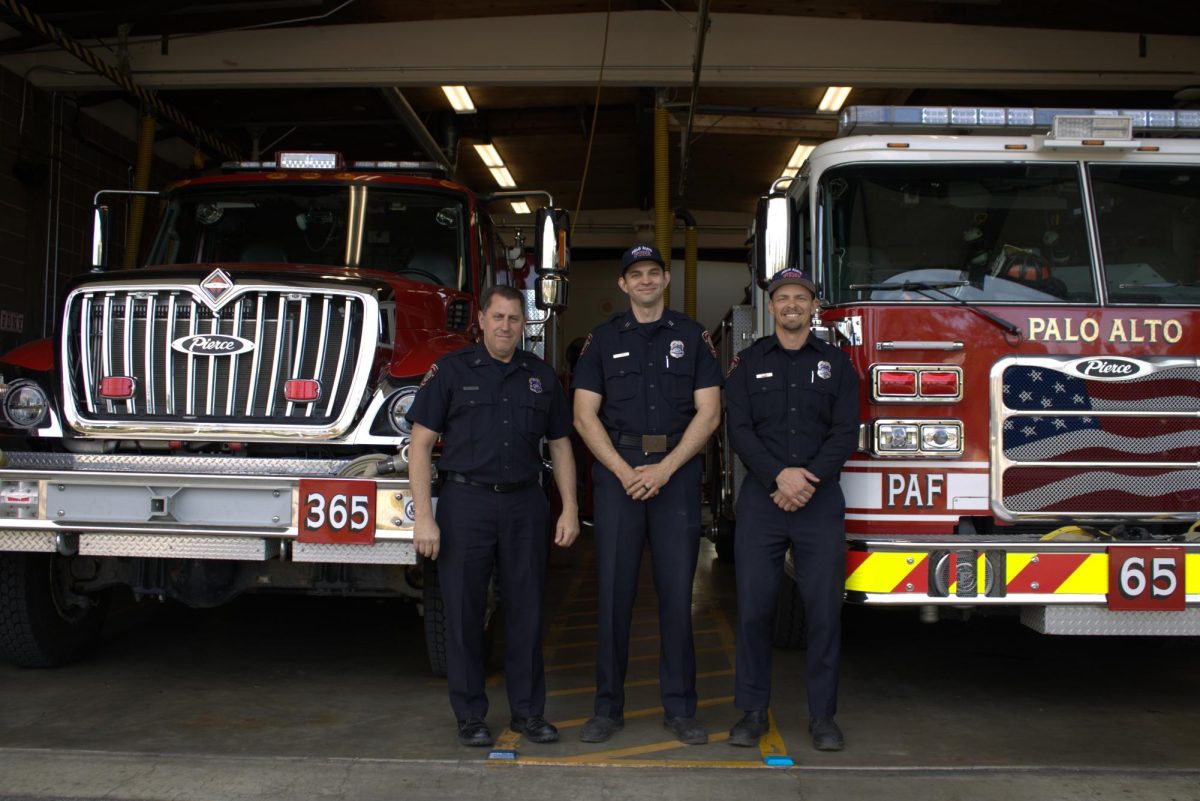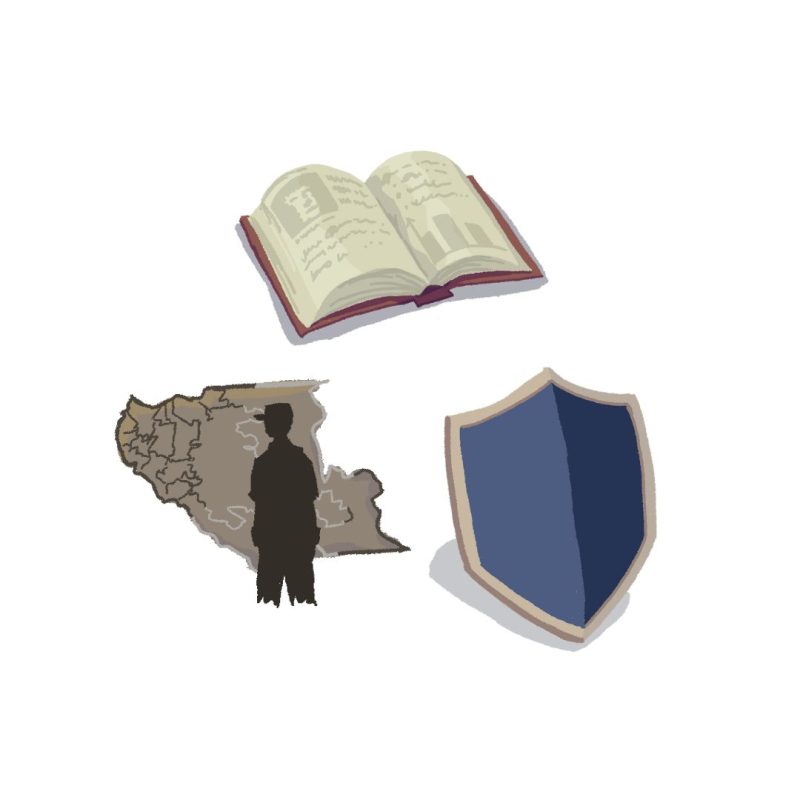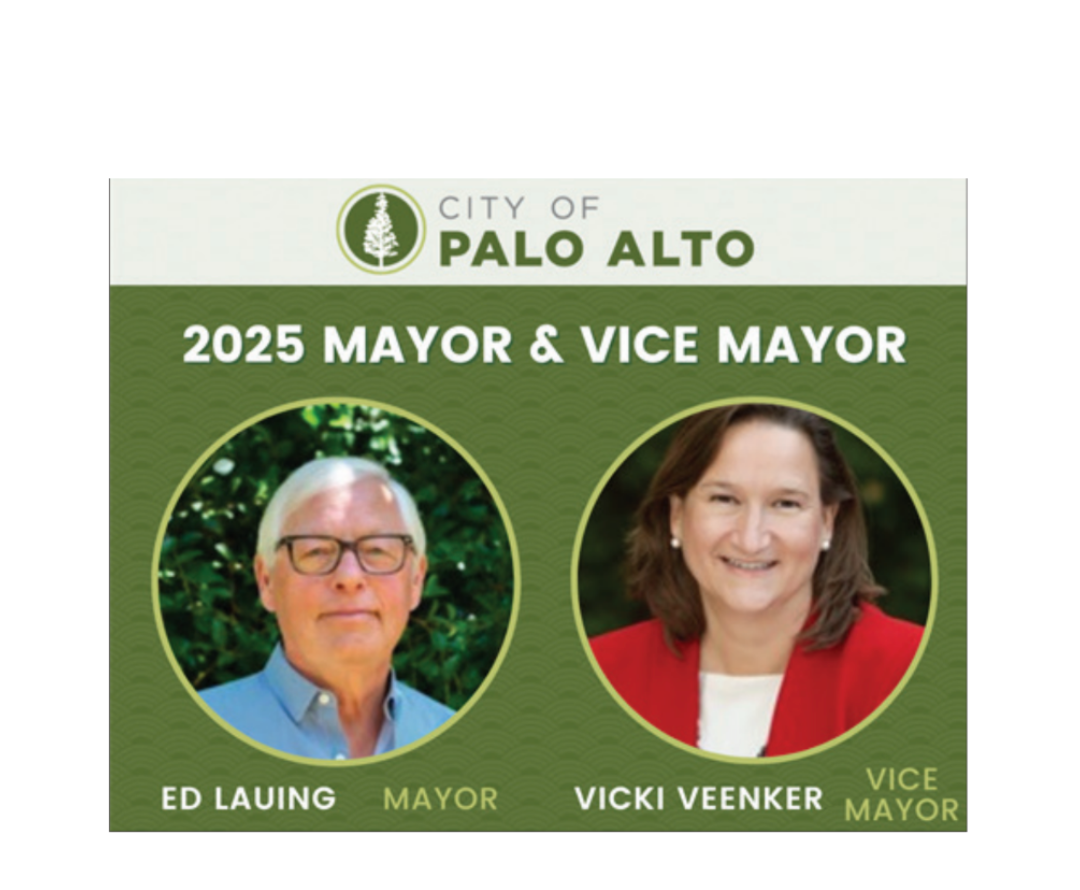Written by Janet Wang
Following recent tragedies, Superintendent Dr. Max McGee heeded the advice of local health professionals and limited zero period to only non-academic classes, spurring student outrage. In a letter to the board, professionals suggested that students have a start time no earlier than 8:30 a.m. in order to prevent sleep deprivation. However, many students spoke out in protest, stating that zero period creates a balance between school and extracurricular life.
Even after the brown-bag lunch and school board meetings, where students shared their opinions with Superintendent Dr. Max McGee and the school board, students felt that their voices were not being taken into account. In response, students founded groups and movements to increase the volume of student voice in Palo Alto.
When the zero period decision was made, students were disappointed that their opinions were ignored. “Many people are frustrated because [the zero period] decision was made suddenly,” freshman Class President Alvin Hom said. “It affects many staff and students and we weren’t given the opportunity to voice our opinions.”
This lack of representation motivated seniors Michelle Zhang, Josh Wilson and sophomore Class President Chloe Sorensen to utilize the power of social media as an outlet to bring attention to the lack of student voice through the creation of a Tumblr blog, “My Voice Matters.” Tumblr is a microblogging website that allows users to create, favorite and share multimedia posts through their own pages or dashboards; as one of 235 million blogs, “My Voice Matters” is filled with mugshots of students with the slogan written on a hand covering their mouth.
Sorensen was first inspired by the idea of using social media to spread awareness when junior Sarah Reich and senior Dylan Huang launched the blog “A Titan Is” to show positive aspects of the community. “I was having lunch with my friend Michelle and she was talking about how she wanted to do something,” Sorensen said. “Instead of having a protest or some kind of demonstration, we decided to start something through social media and have the powerful images of people covering their mouths and saying my voice matters to show that the students are standing together and that our voices matter.” So far, Sorensen believes that “My Voice Matters” has positively influenced the school. “It shows how united we are, and not just the students, but the students and the teachers [as well],” she said. “We’re the largest group of stakeholders in the entire district, and I think that’s something very powerful.”
Sophomore “My voice Matters” photographer Juan Santos agrees that the blog can be used to influence the school board to incorporate more student opinions. “Our main goal was to spread awareness on zero period and to show the school board that we really do care,” he said. “We want the adults who have control over the school and our lives to listen to us so we have an opinion on what happens to us.” Santos hopes that the “My Voice Matters” blog will inspire other students to reach out and create their own movements for expressing their voices. “I feel like it could develop a culture of these sort of movements on social media,” he said. “It shows that our voices do matter and when we speak up, our voices do deserve to be heard.”
Another group, the Palo Alto Student Union (PASU), was created by juniors Ben Lee and Nina Shirole, with the mission of advocating for the right to voice and to have a choice in the student body. One of the main ways PASU has been gaining recognition is by posting signs around campus with “Support Student Voice Choice” on them.
Shirole formed PASU with Lee to educate students on the decisions being made around them and how they can give input. “It was founded with a goal of letting students know about opportunities for them to speak out about things that affect them both on campus and in venues such as school board meetings,” she said. “If we’re being offered an opportunity to stand up and share what we believe, it’s really important that students are taking that.” By hanging posters in classrooms, Shirole believes that teachers are able to show their support for student voice. “They symbolize that the teacher is standing with the group and is also going to support students to have a voice,” she said. “The really important part is working with our trusted adults.” Shirole and Lee established goals for the PASU which pertain to many aspects of the representation of student voice.
Some of Lee’s goals include starting campaigns to ensure that student voice is never set aside. “That would mean that they never forget to keep us in the discussion, not only the discussion but the decision,” he said. “We’re getting a letter writing campaign getting started up shortly from constituents like parents of the school board whose voices impact the re-election to speak for these issues.” Lee’s primary concern is that even though the students are being heard, they are not being taken into account. “We can talk all we want but it’s the task of making our voice matter,” he said. “We’re not involved in the discussion or the decision making process in merely any decisions made at the administrative level and it’s necessary for us to have an active voice, not a passive one.”
Meanwhile, the board is working to accustom themselves to receiving student opinions. Senior School Board Rep. Rose Weinmann explains that the school board is trying to manage the flood of student opinions. “I’ve gone to all of the board meetings this year and some previous ones and it’s rare to [see] a student, let alone 45 cheering students wearing matching t-shirts,” she said. “They’re adjusting since it’s a bit of a shock, and I hope that we can think of a policy that is a clear, transparent way for student voices to be heard at a Gunn level and a district level.” On the school board, Weinmann tries to represent the students as best as possible by asking questions and pointing out flaws in proposals. “I ask questions to make sure that the decisions that are made, especially the ones I’m present for, are ones that benefit students,” she said. “More recently, I’ve been meeting with Dr. McGee, Ms. Caswell, and the Paly rep [Carolyn Walworth], and we’ve been going through more specific issues and how we can address them and get them on the agenda.”
School board President Melissa Baten Caswell wants to improve how student voices are united with the board’s opinions. “Student voice will continue to be important to my decision making, but I would like to figure out how to have more frequent meaningful conversations, so we can get in front of concerns and work together on tough issues when they come up,” she said. “I would like to organize regular time to have dialog with students. Part of what will help students feel heard and school board members to better understand student wants and needs, is to make the time to have regular conversations; not just when there is a problem to address.”
Ultimately, students like senior Amy Chen expect the school board to integrate student views into decisions affecting them. “After I graduate, I hope the other students in later years will have more of a say in how the school board makes decisions about the schedule and other things like Titan 101 or tutorial,” she said. “For example, when I came to Gunn, Titan 101 was just implemented and we were all shocked, but now I know it really helps the freshmen because of our input.”
Sorenson is optimistic that through the “My Voice Matters” blog, the student union and other campaigns, the school board will take student voice into deeper consideration. “I hope that in the future we have a better chance of being listened to and our voices will be more included in the decision making processes,” she said. “It’s not just about zero period, it’s a much larger issue that if you’re ignoring thousands of people because these decisions affect our day to day lifestyle.”























